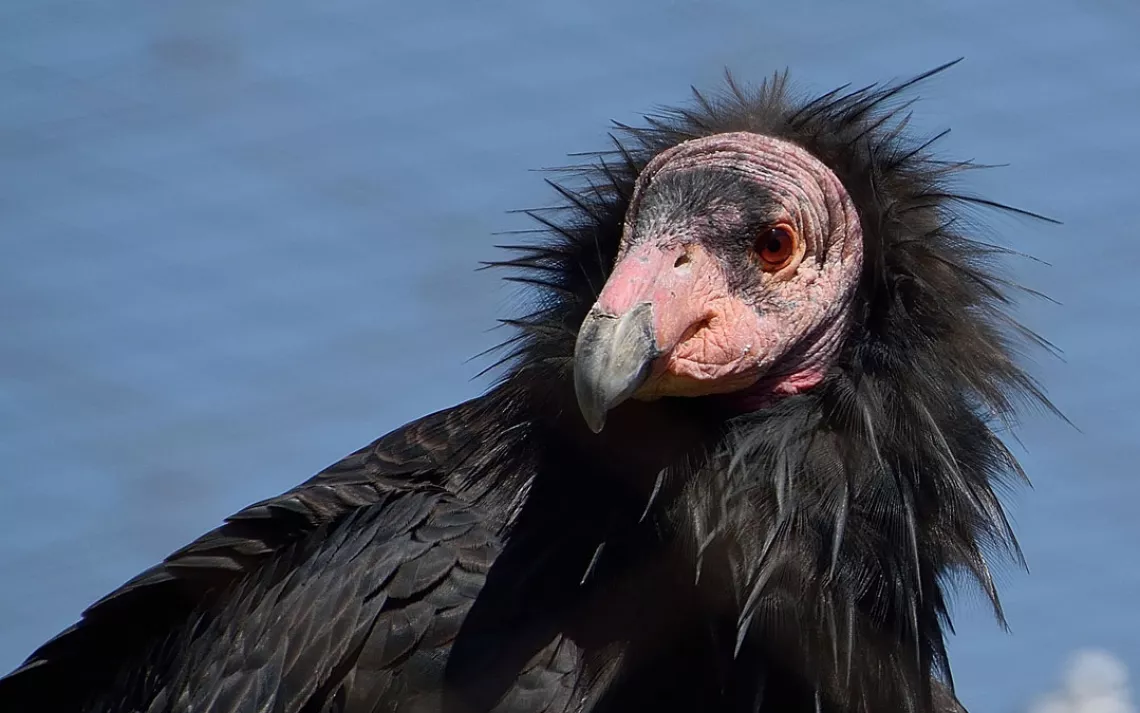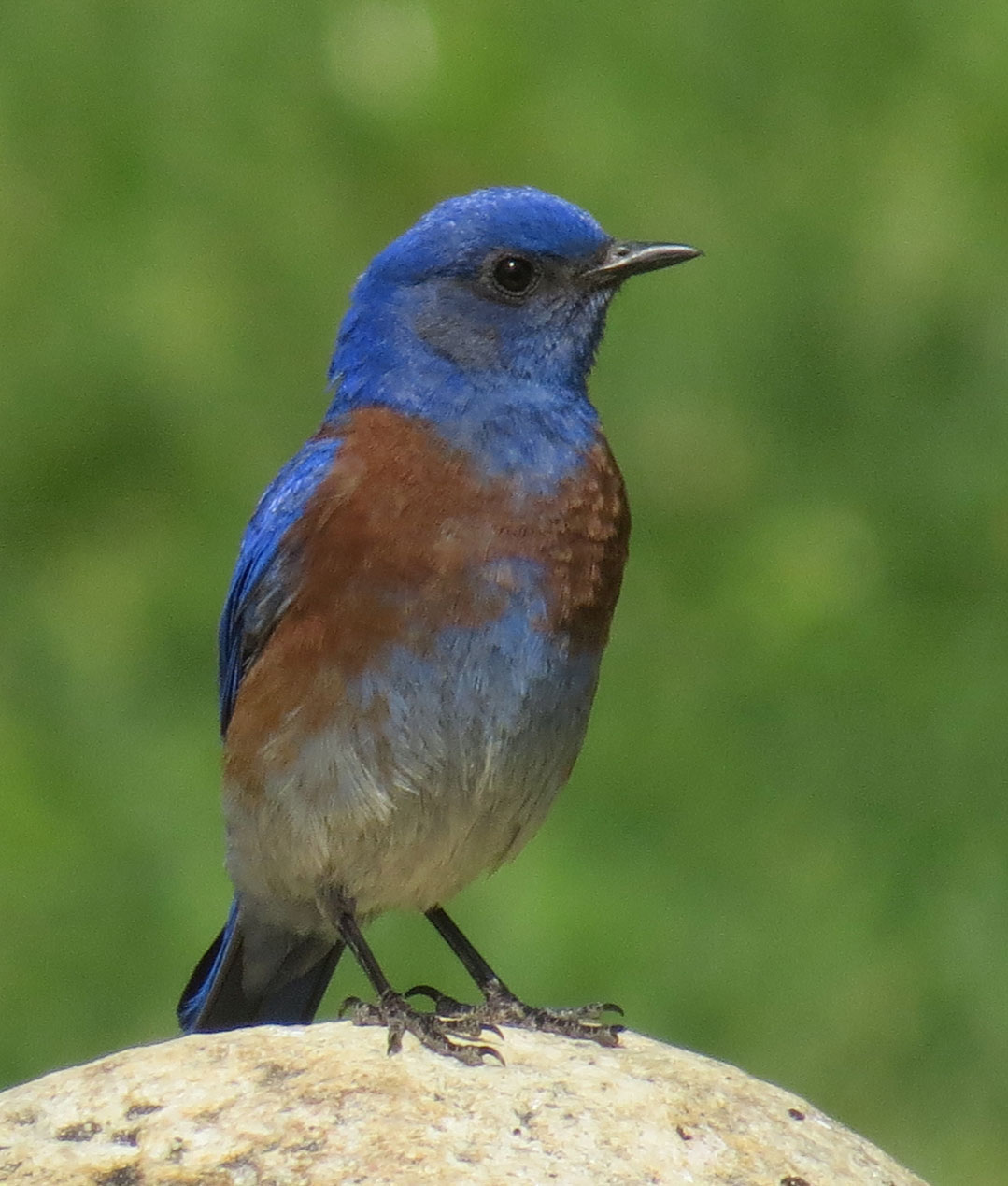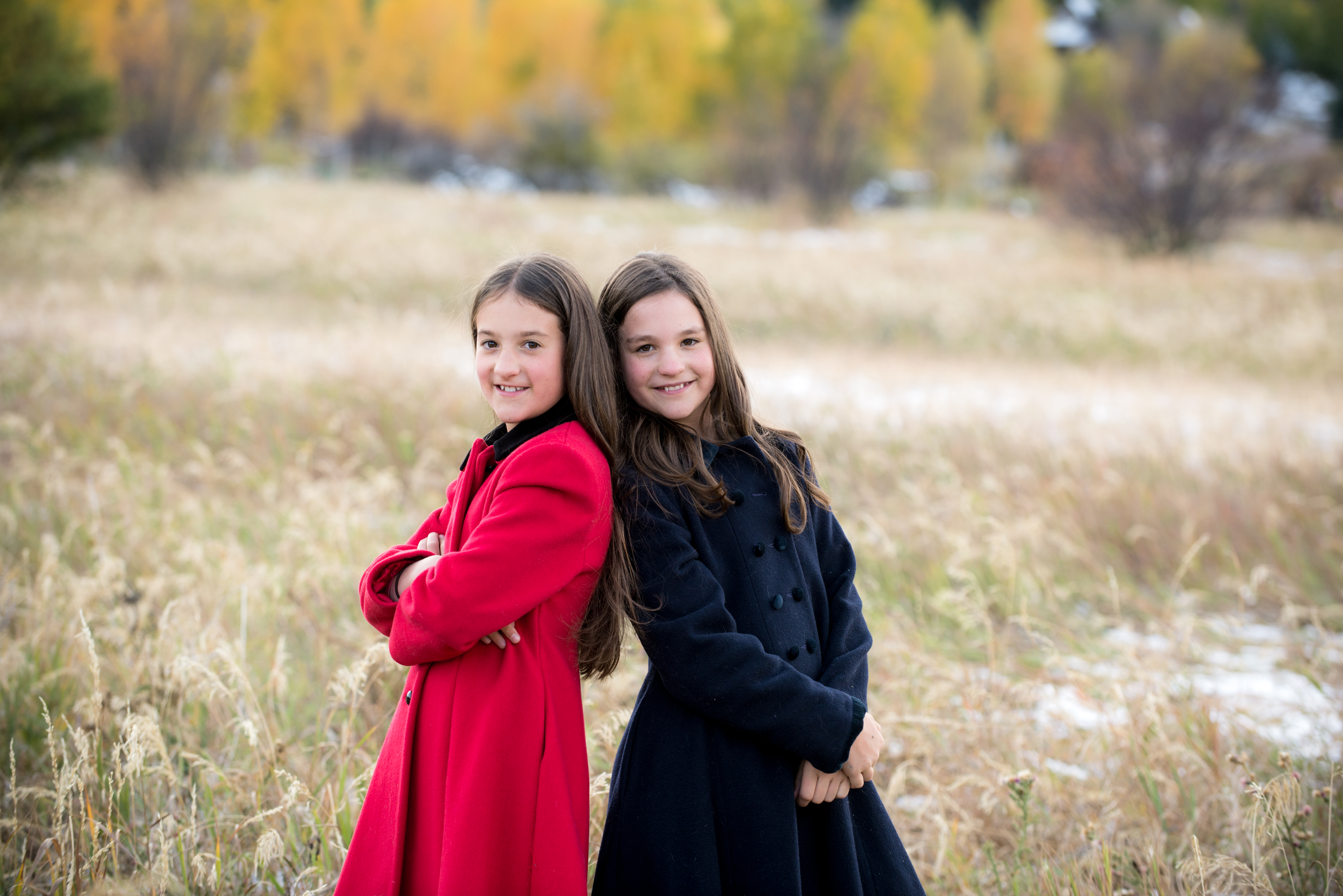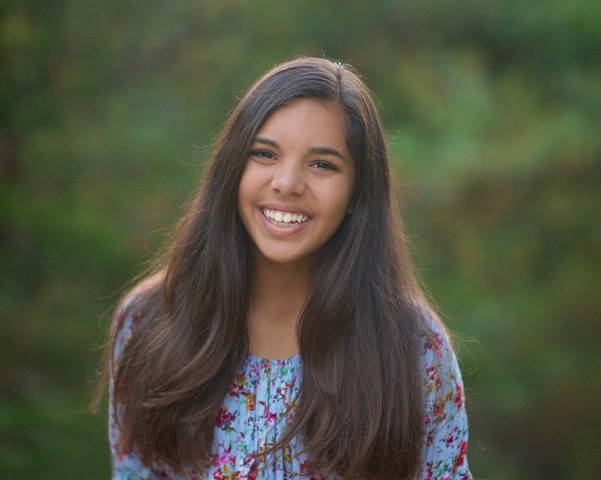The Oh-So-Bright Future of Wildlife Conservation
Meet four kids working to save their favorite endangered animals

Photo by Desmond Sieburth
Jane Goodall’s fascination with animal behavior began in early childhood. In her leisure time, young Goodall would observe and sketch southern England’s native birds and animals. She also read widely, especially about zoology and ethology, and at an early age hatched a dream of traveling to Africa to observe exotic animals in their natural habitats. Goodall, of course, followed through on her dream, which bodes well for kids who are similarly passionate about animals.
I recently spoke with some inspiring kids who have been effectively spreading the word about endangered animals, educating peers, and raising money for the planet. Any among these young eco-heroes could easily be the next Jane Goodall. One thing is clear: If they are at all representative of their cohort, we are leaving our planet in good hands.
Desmond “Dessi” Sieburth, 14, of Pasadena, California
In an effort to further preserve and create bird habitats, especially in urban settings, and to educate others about helping birds, Sieburth created an organization called Protecting Our Birds. He says that teaching Californians about the threatened and endangered birds right in their backyards—such as the California condor—is his passion. “Microtrash, lead ammunition, and habituation are the main threats to the California condors.”
 Sieburth, who joined the Pasadena Audubon Society at age eight, also contributes to several Audubon newsletters. He regularly leads bird walks for kids and adults, and has presented on bird habitats before Audubon chapters, schools, and libraries, reaching close to 1,000 people. And, over three years of participating in Audubon’s “Big Photo Day”—an annual event that calls on birders to photograph as many species of birds as they can in a day, with each photo fetching a donation—he has raised more than $1,500 to protect a local watershed and wildlife corridor. The American Birding Association named Sieburth 2015’s Young Birder of the Year for his tireless efforts.
Sieburth, who joined the Pasadena Audubon Society at age eight, also contributes to several Audubon newsletters. He regularly leads bird walks for kids and adults, and has presented on bird habitats before Audubon chapters, schools, and libraries, reaching close to 1,000 people. And, over three years of participating in Audubon’s “Big Photo Day”—an annual event that calls on birders to photograph as many species of birds as they can in a day, with each photo fetching a donation—he has raised more than $1,500 to protect a local watershed and wildlife corridor. The American Birding Association named Sieburth 2015’s Young Birder of the Year for his tireless efforts.Sieburth’s plan for the future is to expand his conservation efforts globally—he already uses his Protecting Our Birds website to emphasize the importance of supporting bird-habitat-friendly coffee plantations in South and Central America. It was hardly a surprise to learn that when he grows up, he wants to be an ornithologist.
Isabella and Willow Poschman, 11, of Aspen, Colorado
 Twins Isabella and Willow have been involved in animal conservation ever since second grade, when they saw a film called “The Elephant in the Room.” Isabella promptly wrote letters to President Barack Obama, President Xi of China, and President Kenyatta of Kenya, urging leaders to do whatever they could to end the ivory trade. Since then, the twins have gathered signatures for an online petition version of that letter—signed by children in almost all 50 states and in more than 60 countries—and founded Kids Saving Elephants. Their organization not only educates kids and adults around the world about the plight of African elephants, but also raises funds to help fight the ivory trade. Isabella and Willow have also raised thousands of dollars by selling handmade elephant greeting cards, as well as lemonade and cookies, at the Aspen Music Festival, and throughout summers at the Aspen Saturday Market.
Twins Isabella and Willow have been involved in animal conservation ever since second grade, when they saw a film called “The Elephant in the Room.” Isabella promptly wrote letters to President Barack Obama, President Xi of China, and President Kenyatta of Kenya, urging leaders to do whatever they could to end the ivory trade. Since then, the twins have gathered signatures for an online petition version of that letter—signed by children in almost all 50 states and in more than 60 countries—and founded Kids Saving Elephants. Their organization not only educates kids and adults around the world about the plight of African elephants, but also raises funds to help fight the ivory trade. Isabella and Willow have also raised thousands of dollars by selling handmade elephant greeting cards, as well as lemonade and cookies, at the Aspen Music Festival, and throughout summers at the Aspen Saturday Market.
Some of the twins’ most recent actions include sending letters to the Wall Street Journal and to Elle Décor magazine—one was published in Elle Décor’s September 2016 issue— beseeching editors to not feature elephant tusks and other endangered species in their spreads. Alongside a visiting conservationist from Kenya, they also recently presented to 120 of their fellow students at Aspen Middle School. Isabella and Willow now plan to hone this presentation and make it available online to schoolkids around the world. They also continue to fundraise via their elephant cards, which they plan to start selling online and at a couple of local stores.
Willow, who is currently an intern at a wildlife rehabilitation center in Silt, Colorado, as part of a sixth-grade mentorship program, plans to be a big-cat scientist when she grows up. This is according to the twins’ mom, Maureen, who adds, “Willow may become a best-selling author first, in order to help fund her wildlife conservation efforts.” Maureen says Isabella “wants to become a Broadway actress.”
Hannah Testa, 14, of Cumming, Georgia
 At age 12, Hannah Testa founded Hannah4Change to fight for issues that affect the planet and all of its animals. One of her most successful fundraisers—a movie night that attracted more than 300 guests and raised several thousand dollars for the nonprofit Save the Horses—led to the then-10-year-old Testa being featured on CBS News. She has since presented to thousands of children and adults (including Georgia governor Nathan Deal) on one of the biggest threats to wildlife—plastic pollution—and practical ways residents can reduce their “plastic footprint.” She has also made videos outlining the need to protect some of her other favorite animals, orcas and rhinos, and has presented at rallies and protests in the name of saving orcas. Additionally, Testa sells homemade cookies, through which she has raised $1,500 for elephant conservation.
At age 12, Hannah Testa founded Hannah4Change to fight for issues that affect the planet and all of its animals. One of her most successful fundraisers—a movie night that attracted more than 300 guests and raised several thousand dollars for the nonprofit Save the Horses—led to the then-10-year-old Testa being featured on CBS News. She has since presented to thousands of children and adults (including Georgia governor Nathan Deal) on one of the biggest threats to wildlife—plastic pollution—and practical ways residents can reduce their “plastic footprint.” She has also made videos outlining the need to protect some of her other favorite animals, orcas and rhinos, and has presented at rallies and protests in the name of saving orcas. Additionally, Testa sells homemade cookies, through which she has raised $1,500 for elephant conservation.Testa says her current mission is to make her native Forsyth County “the greenest county in Georgia, through education and awareness. This includes educating businesses as well as schools to become more green by using less single-use plastic products and to recycle as much as possible.” When this jack-of-all-trades conservationist grows up, she says she is interested in “working for the UN, where I can be in a position to truly make a difference in this world.”
The conservationists featured in this story were all honored through the Gloria Barron Prize, which celebrates inspiring, public-spirited young people who have affected significant positive impact on our planet and communities. To learn more, visit their website.
 The Magazine of The Sierra Club
The Magazine of The Sierra Club



